Explore the beautiful history of
Islamic Architecture
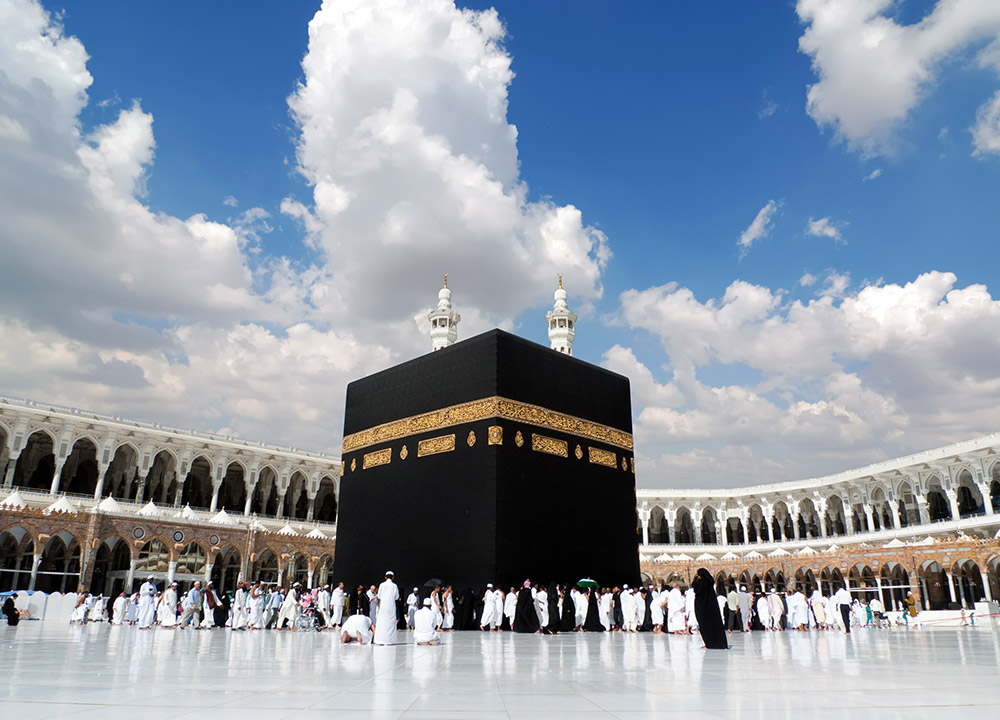
The Kaaba (Al-Masjid al-Ḥarām), Mecca, Saudi Arabia
Al-Masjid al-Ḥarām, the holiest sanctuary, containing the Ka’bah, a site of the Ḥajj (‘Pilgrimage’), the Qiblah (Direction of formal prayers of Muslims), and the first mosque in Islamic thought. Rebuilt many times, notably 1571 by the Ottomans, and the late 20th century by the Saudis, further enlargement under way since 2010.
Al-Masjid an-Nabawī (The Prophet’s Mosque), Medina, Saudi Arabia
Al-Masjid an-Nabawī (The Prophetic Mosque), known in English as The Prophet’s Mosque, is a mosque built by the The Holy Prophet Muhammad (Peace Be Upon Him!) in the city of Medina in the Al Madinah Province of Saudi Arabia. It was the second mosque built by The Holy Prophet Muhammad (Peace Be Upon Him!) in Medina, after Masjid Quba’a, and is now one of the largest mosques in the world.
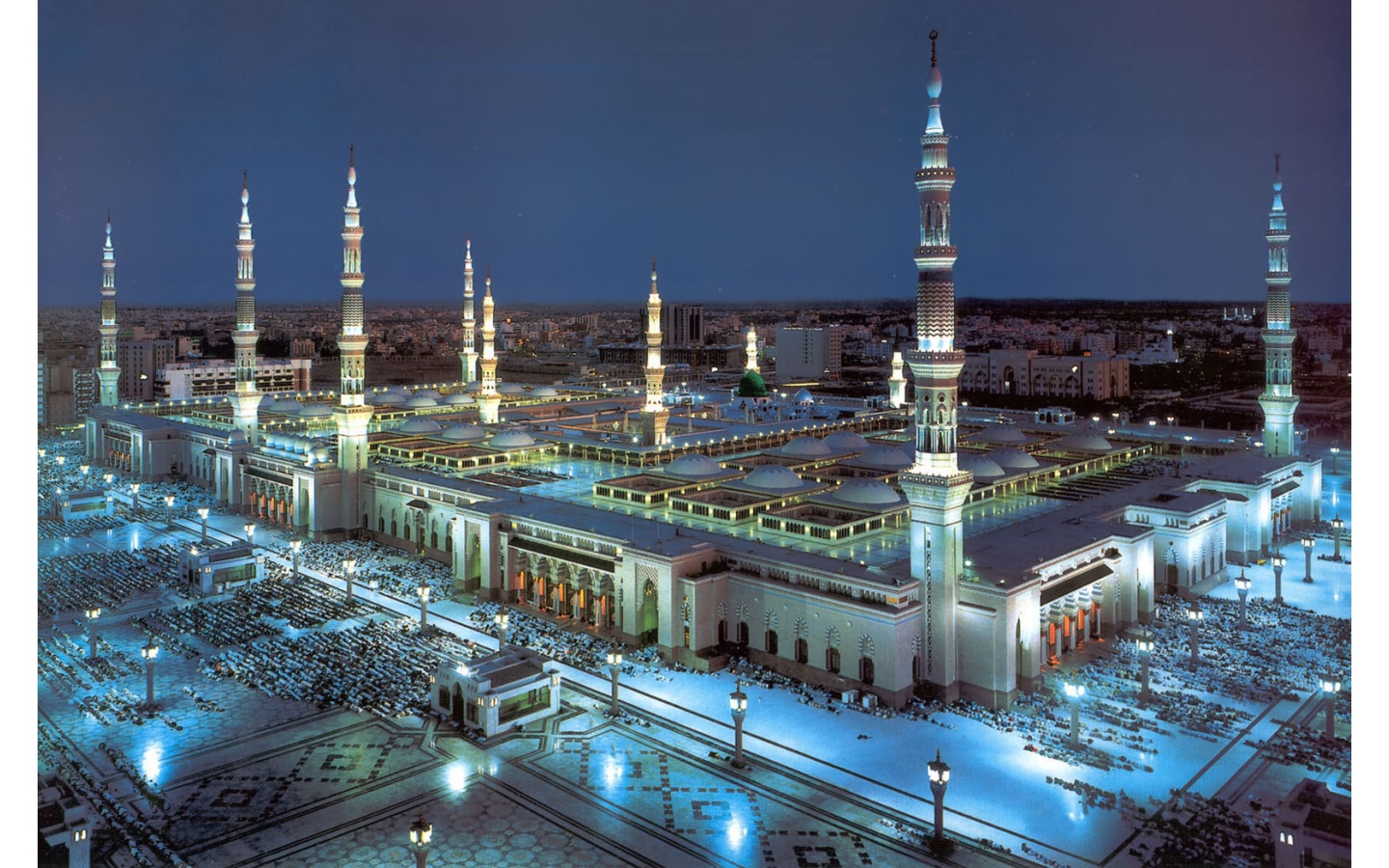
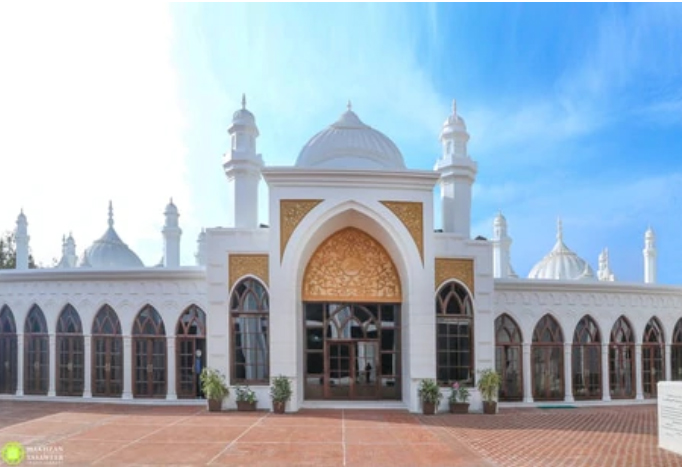
Al-Aqsa Mosque, Qadian, India
The mosque that was commonly used by the Promised Messiahas was Masjid Aqsa in Qadian. Since this mosque was already in place, Masjid Mubarak was the first mosque to be inaugurated, built and established by the Promised Messiahas. But first, let’s take a quick glance at Masjid Aqsa of Qadian.
Mubarak Mosque, UK
The Mubarak Mosque (The Blessed Mosque) is a mosque in Tilford, Surrey, England. It currently serves as the mosque on the site of the international headquarters of the Ahmadiyya Muslim Community, known as Islamabad. It was inaugurated on 17 May 2019 by Hazrat Mirza Masroor Ahmad (May Allah be his Helper!), the fifth caliph of the Ahmadiyya Movement in Islam.

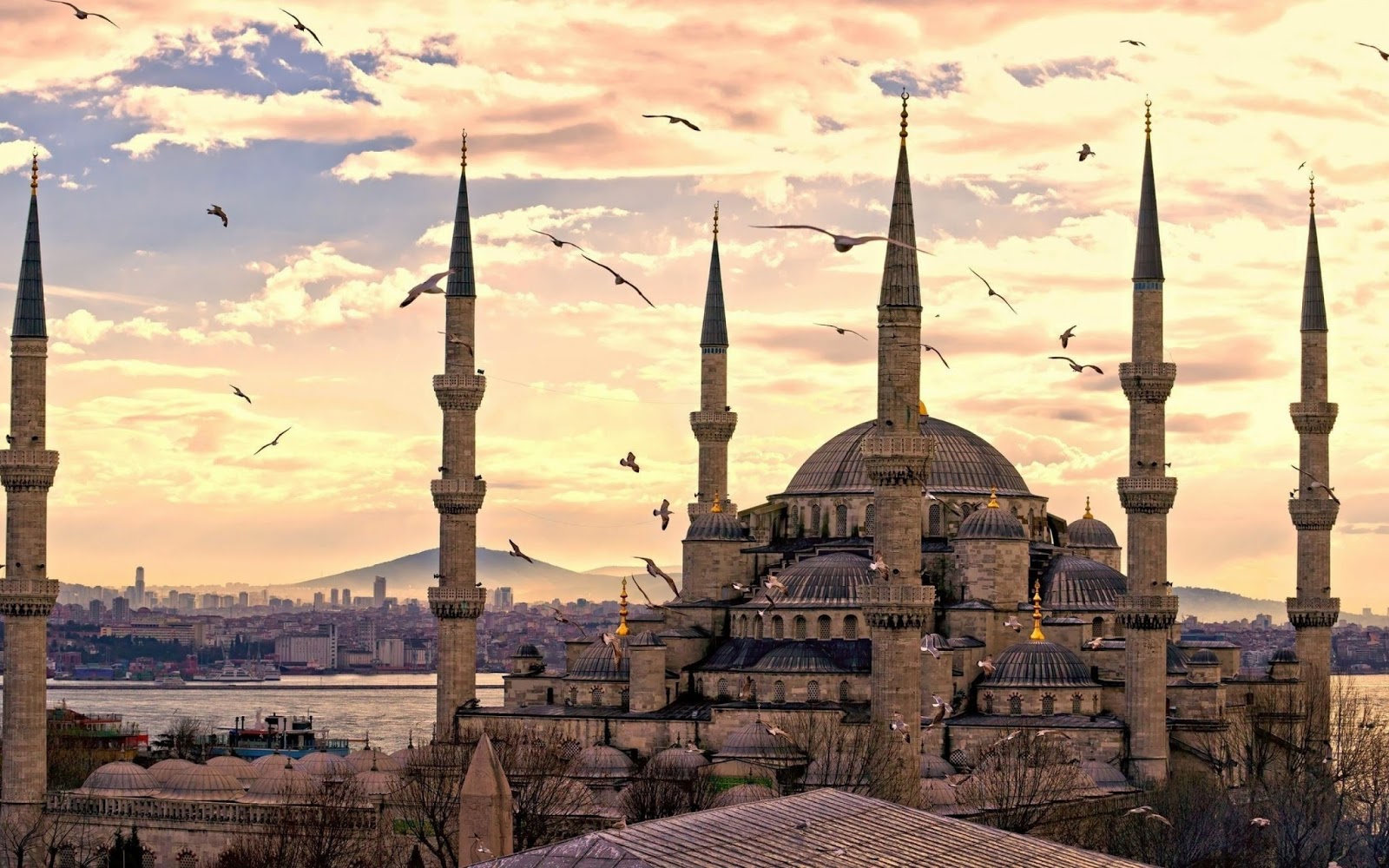
Great Süleymaniye Mosque, Istanbul Turkey
The Süleymaniye Mosque is an Ottoman imperial mosque located on the Third Hill of Istanbul, Turkey. The mosque was commissioned by Suleiman the Magnificent and designed by the imperial architect Mimar Sinan. An inscription specifies the foundation date as 1550 and the inauguration date as 1557.
Blue Mosque, The Jewel of Istanbul, Istanbul, Turkey
The Sultan Ahmed Mosque has one main dome, six minarets, and eight secondary domes. The design is the culmination of two centuries of Ottoman mosque development. It incorporates some Byzantine Christian elements of the neighboring Hagia Sophia with traditional Islamic architecture and is considered to be the last great mosque of the classical period.
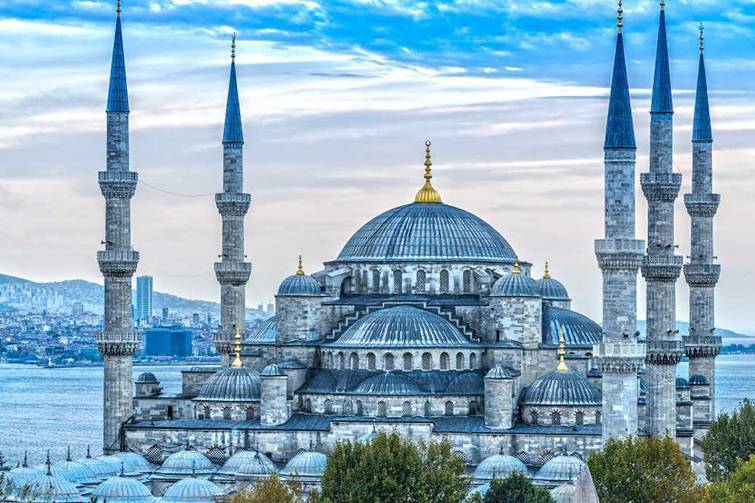

The Badshahi Mosque (Imperial Mosque), Lahore Pakistan
The Badshahi Mosque (Imperial Mosque) is a Mughal era mosque in Lahore, capital of the Pakistani province of Punjab, Pakistan. The mosque is located west of Lahore Fort along the outskirts of the Walled City of Lahore, and is widely considered to be one of Lahore’s most iconic landmarks.
The Badshahi Mosque was built by Emperor Aurangzeb in 1671, with construction of the mosque lasting for two years until 1673. The mosque is an important example of Mughal architecture, with an exterior that is decorated with carved red sandstone with marble inlay. It remains the largest mosque of the Mughal-era, and is the second-largest mosque in Pakistan.
Taj Mahal, Agra India
The Taj Mahal ‘Crown of the Palace’, is an ivory-white marble mausoleum on the southern bank of the river Yamuna in the Indian city of Agra. It was commissioned in 1632 by the Mughal emperor Shah Jahan (reigned from 1628 to 1658) to house the tomb of his favourite wife, Mumtaz Mahal; it also houses the tomb of Shah Jahan himself. The tomb is the centrepiece of a 17-hectare (42-acre) complex, which includes a mosque and a guest house, and is set in formal gardens bounded on three sides by a crenellated wall.
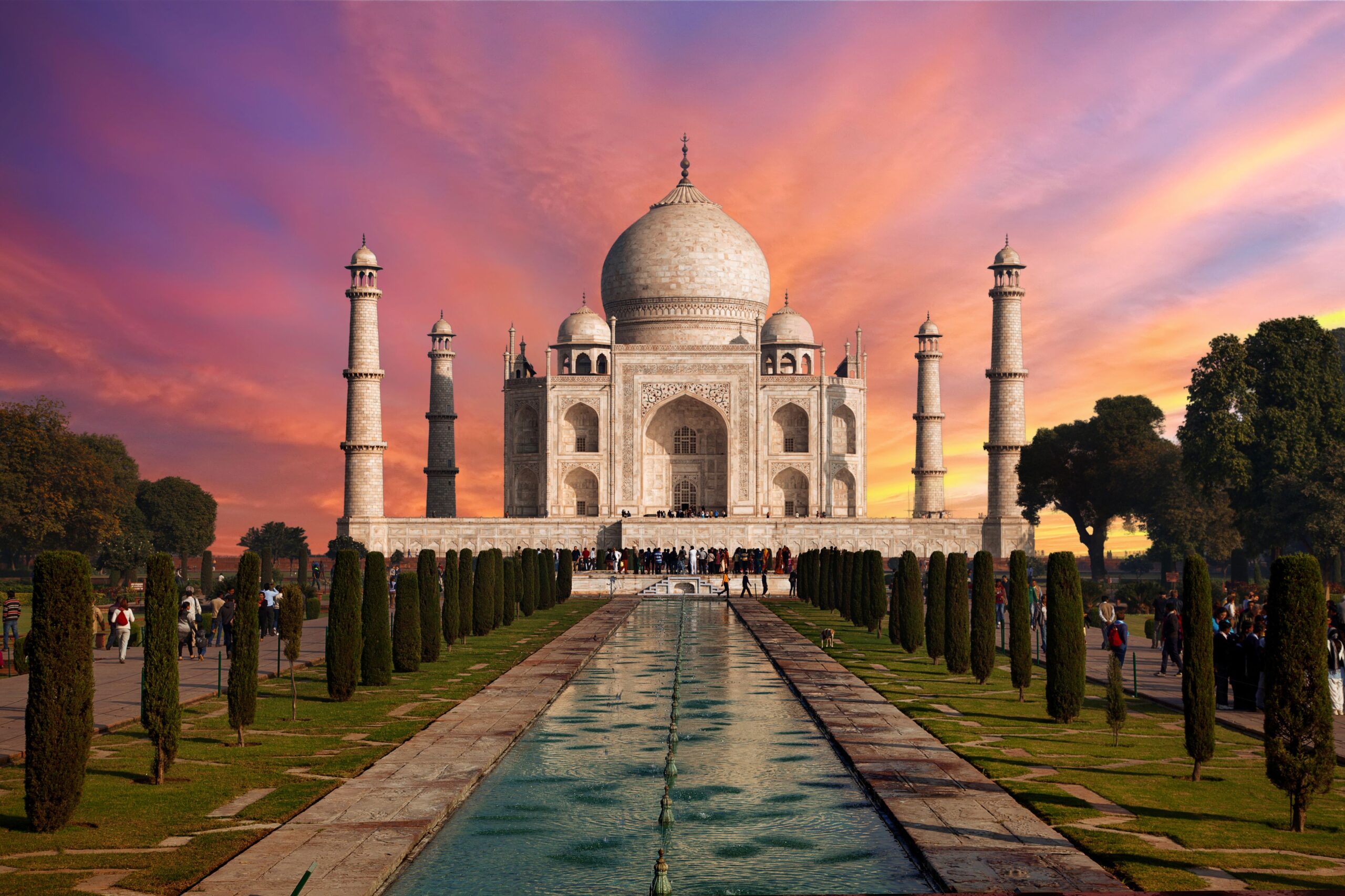

Baitul Islam Mosque, Toronto, Canada
The Baitul Islam (House of Islam) is a mosque in Vaughan north of Toronto run by the Ahmadiyya Muslim Jama’at (AMJ) in Canada. It was inaugurated on October, 17th 1992 in the presence of the Khalifatul Masih IV and many Members of Parliament.
Architecture
The Legacy Of Islam
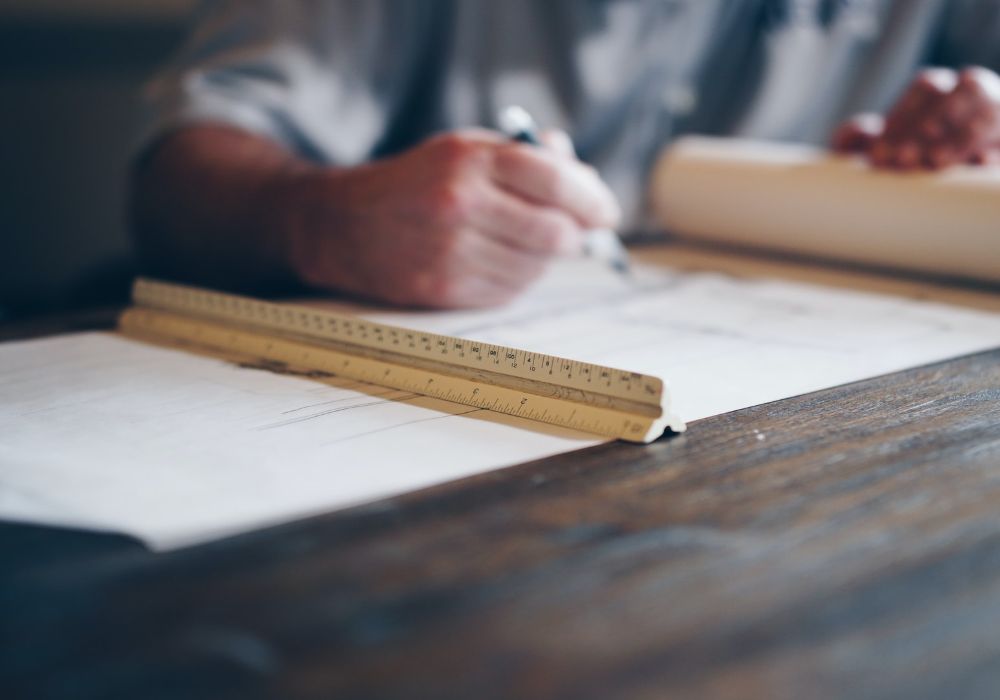
Architecture

Mathematics Algebra

Algorithm Chemistry Physics

Mechanics and early machines
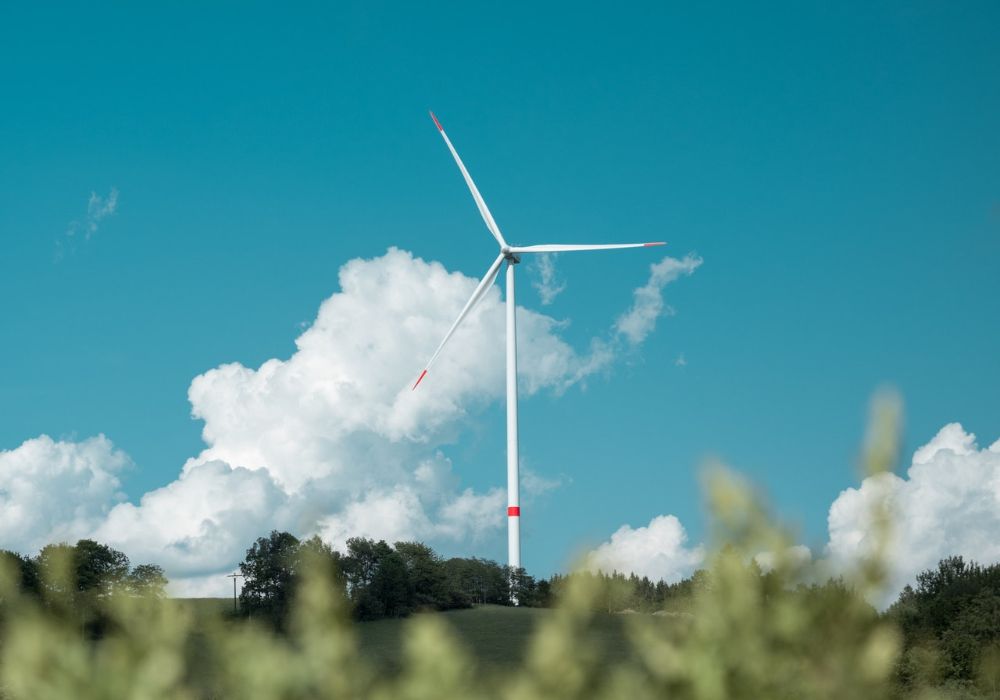
Windmill and Water management
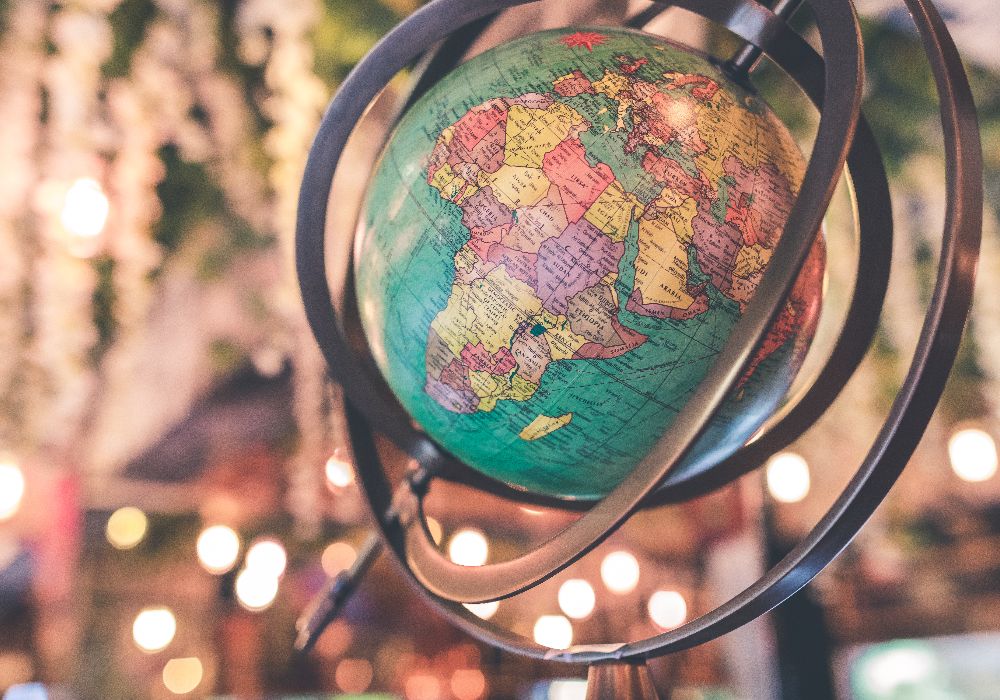
Clocks Aviation Geography and Maps

Astronomy and Navigation

Coffee

Fine Dinning

Three-course menu
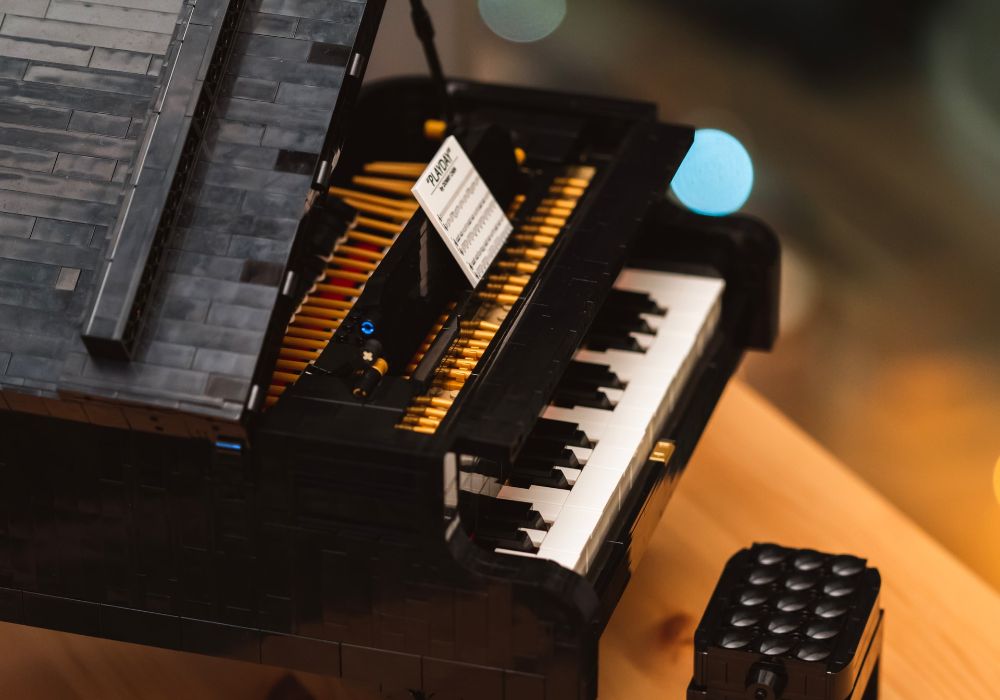
Musical Instruments
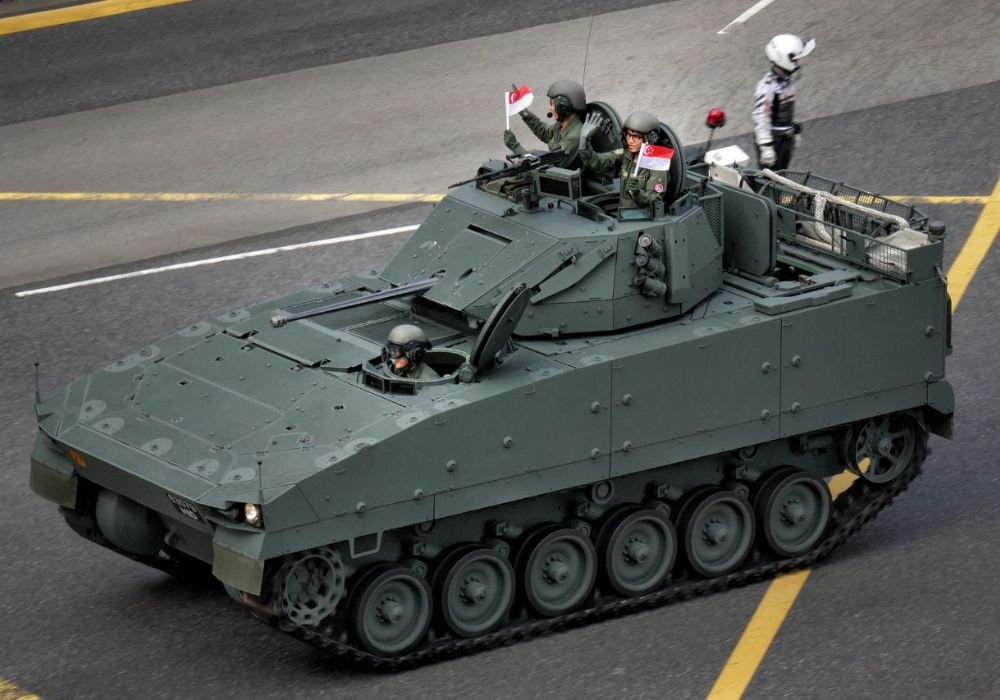
Military Planning

Weapons Politics
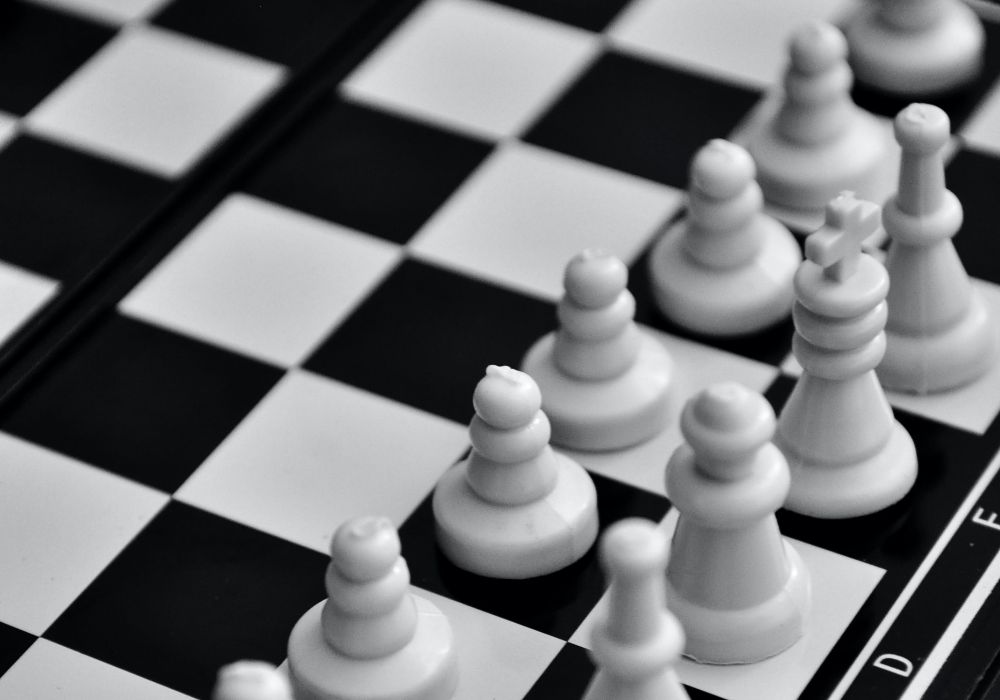
Chess Naval Exploration

Poetry and Story telling Glass Industry

Politics
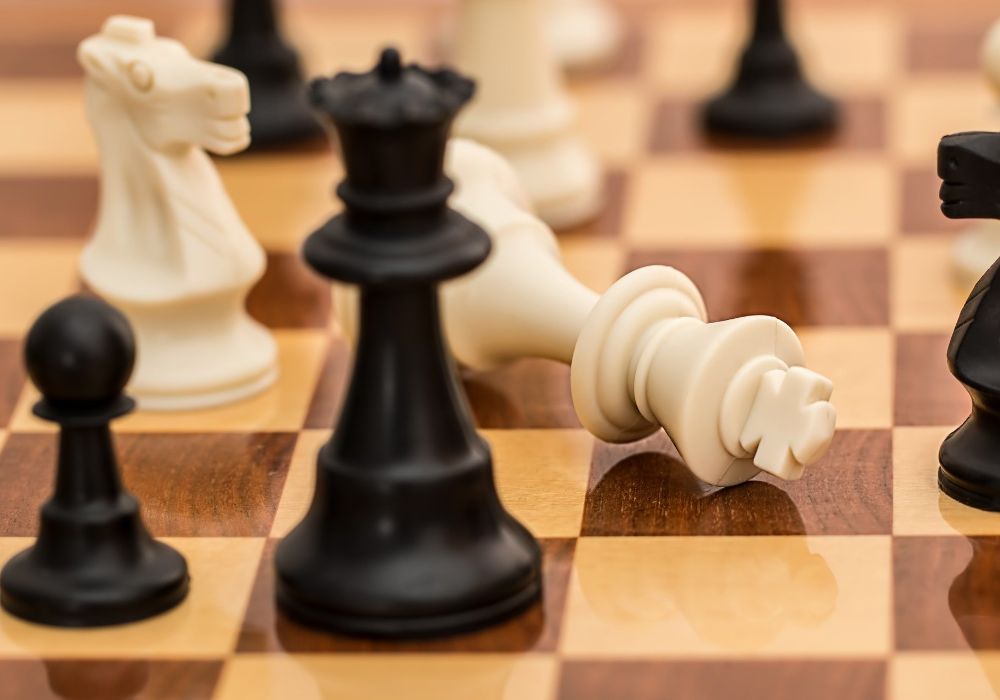
Chess

Sociology Medicine

Inoculation

Surgery

Herbal Medicine and Hikmah

Law and Jurisprudence

Pottery and Tile making

Textile Trade and Money transfer

Routes

Translating Knowledge
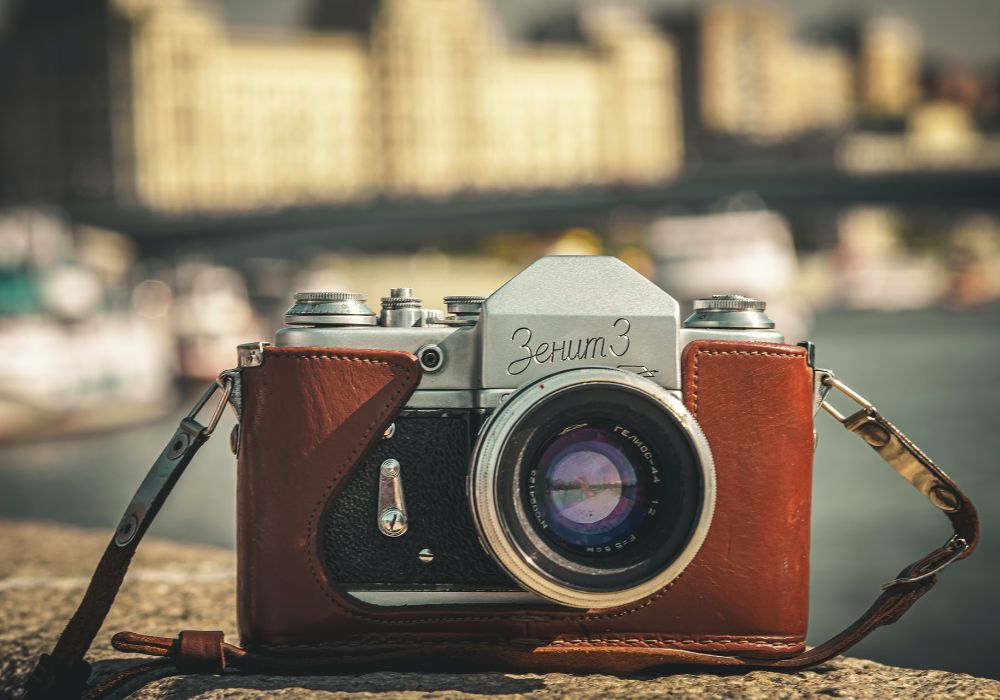
Optics (Camera obscura)
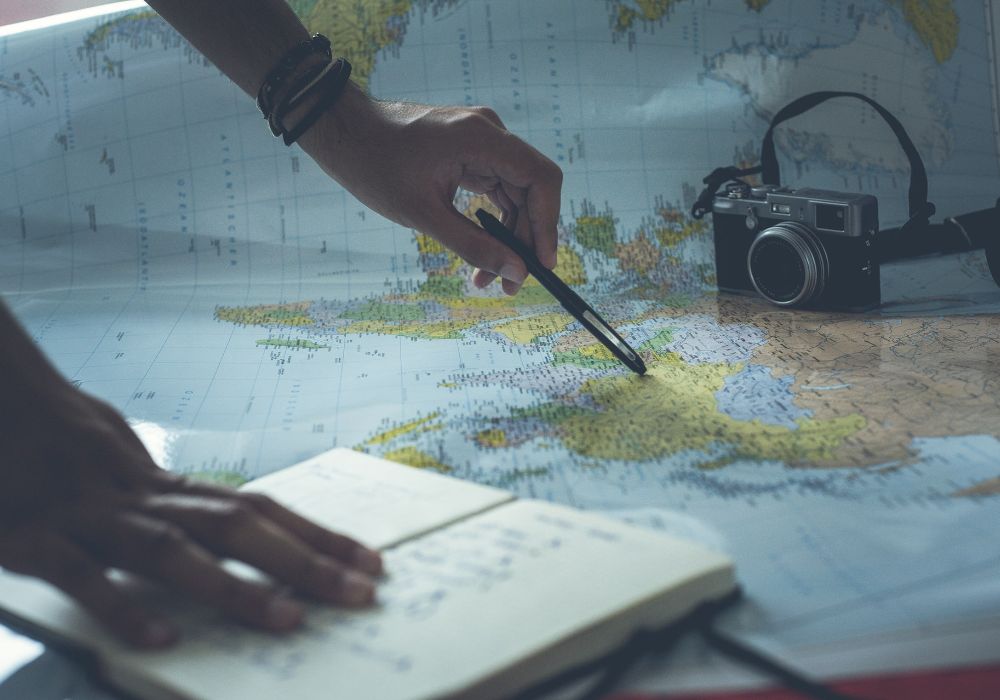
City Planning
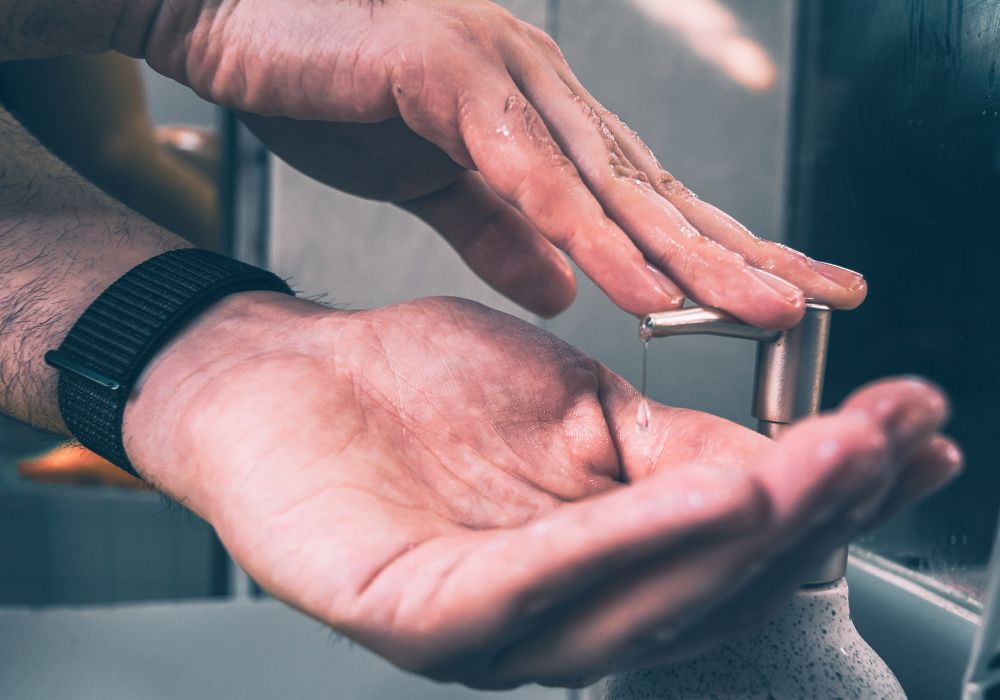
Cleanliness and Bathing
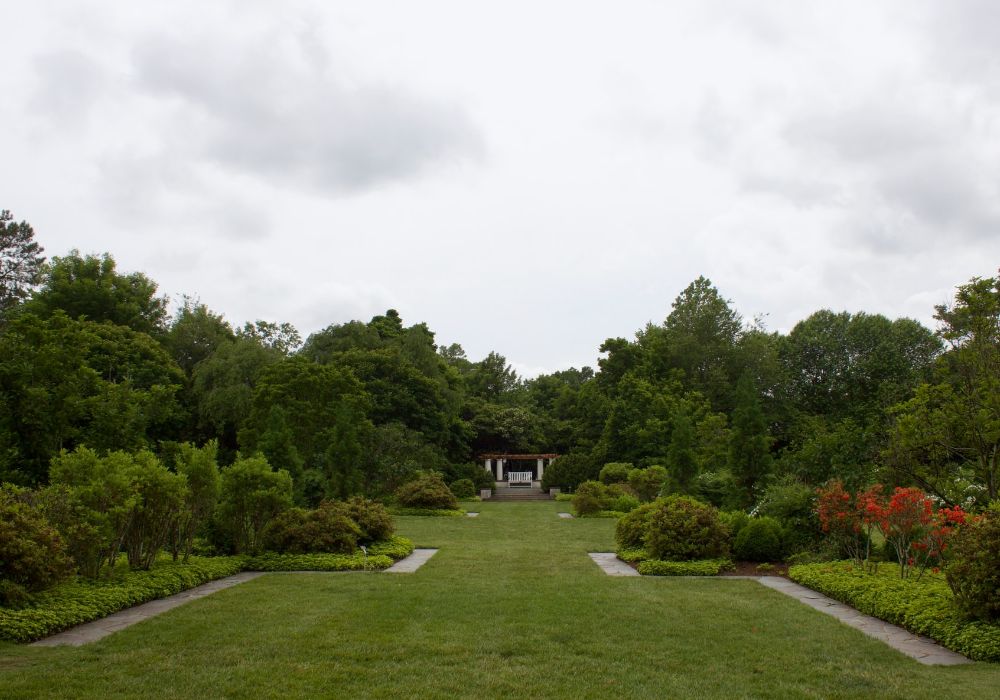
Gardens and water systems

Coins
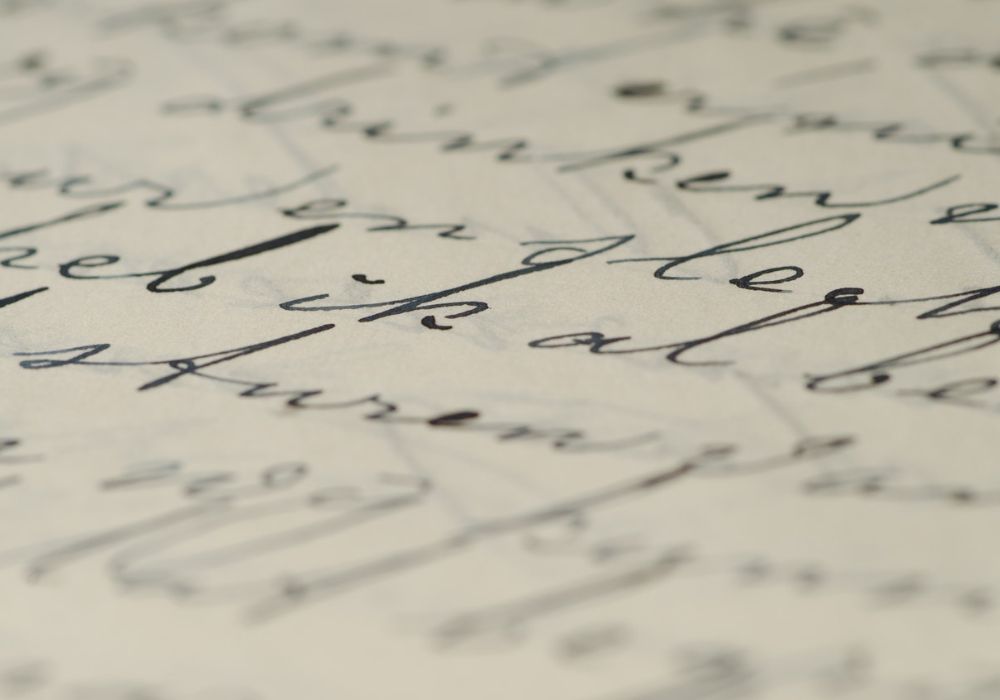
Calligraphy
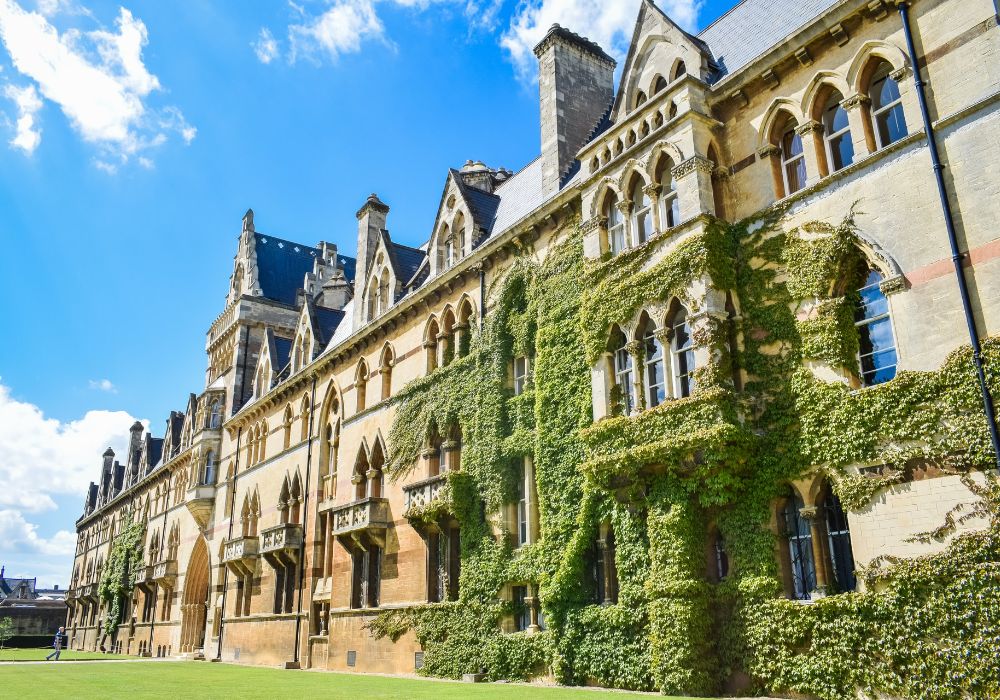
Houses of Wisdom

Universities and Schools


